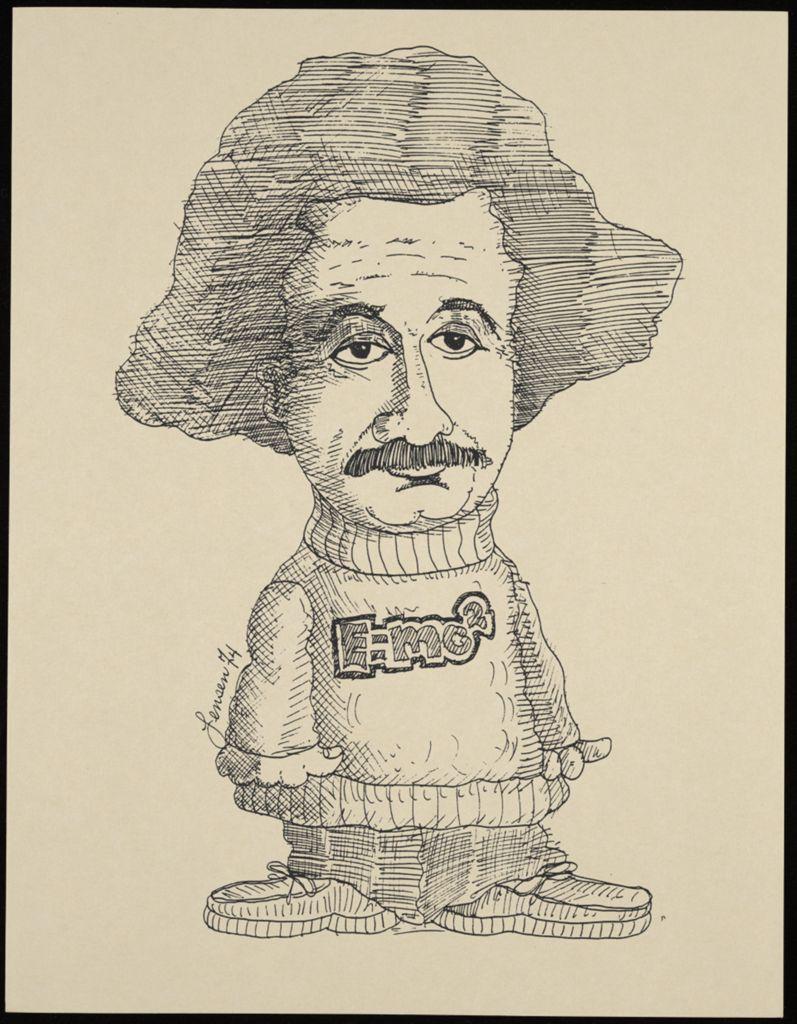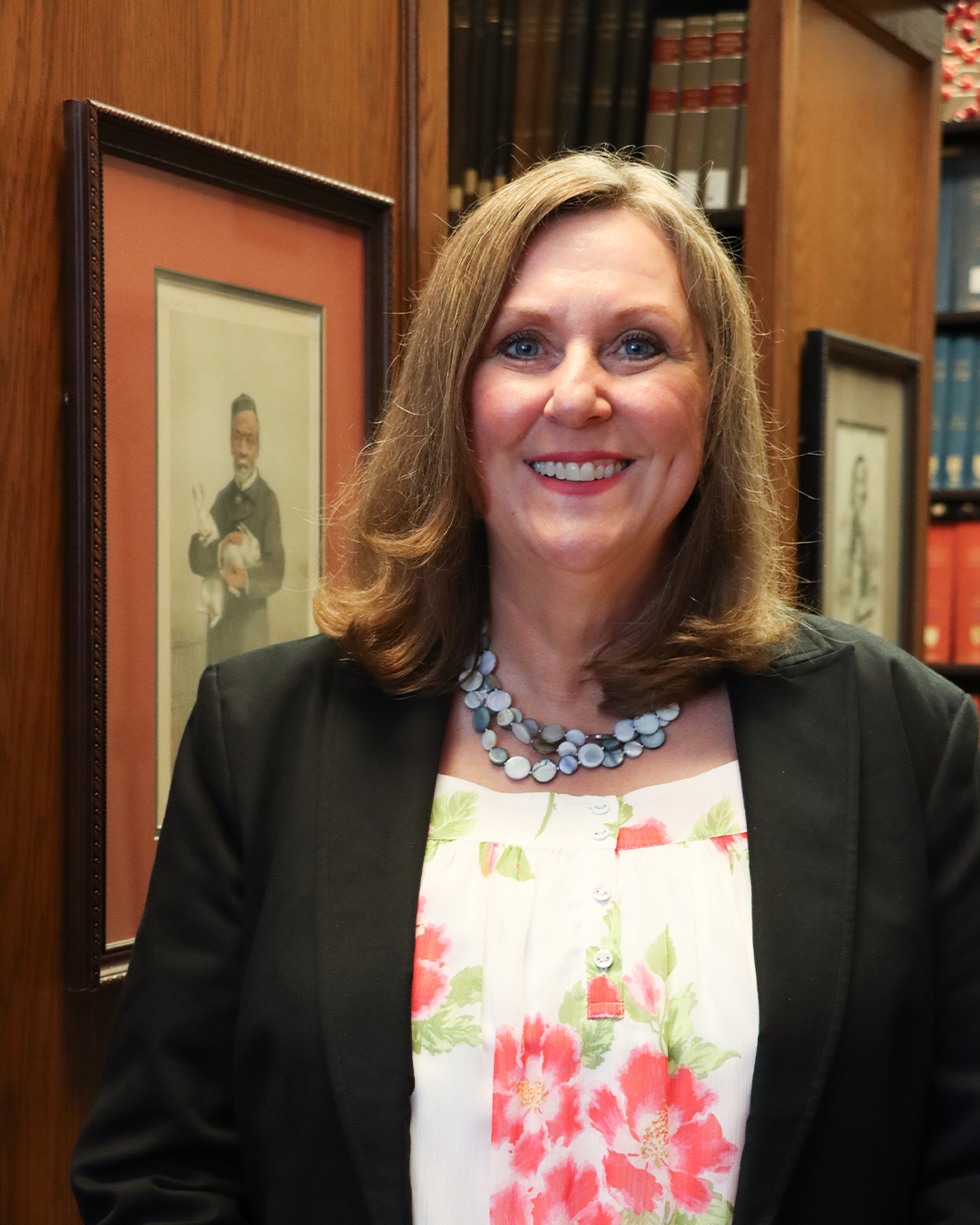When William B. Jensen (1948-2024), the Ralph E. Oesper Professor of the History of Chemistry at the University of Cincinnati from 1986-2024, was a student at the University of Madison-Wisconsin taking the History of Chemistry class, he sketched caricatures of the chemists he was learning about. While Aaron Ihde lectured, Jensen would select a chemist and caricature them based on the portraits found in Ihde’s textbook, “The Development of Modern Chemistry” (1964).

Now available online via JSTOR, the UC Libraries online collection contains the 33 original, hand-drawn caricatures of notable chemists and physicists Jensen penned between 1970 and 1974. They are held by the Oesper Collections in the History of Chemistry. The collection was scanned and digitized by the UC Libraries Digital Initiatives Team.

Throughout the years, Jensen would submit the caricatures to appear in scientific journals and publications, and reported that there was interest in reproducing them on t-shirts, coffee mugs and even an album cover. Jensen eventually published the caricatures in a 2010 booklet, “Chymists: That strange class of of mortals: Caricatures of famous chemists with a few physicists and biologists,” which was recently published digitally.
Upon Jensen’s death in 2024, the collection was acquired by the Oesper Collection in April 2025.

The Oesper Collections in the History of Chemistry is a nationally recognized collection of scientific artifacts, books, journals, photos and prints related to the history of chemistry. They are a joint venture of the University of Cincinnati Libraries and the UC Department of Chemistry. They were founded in 1986 by William B. Jensen.

